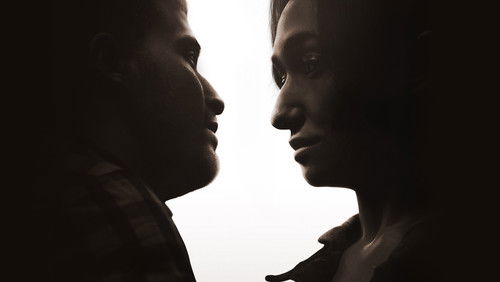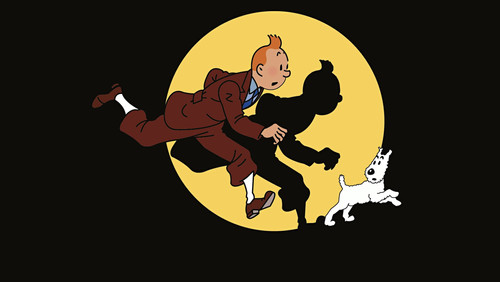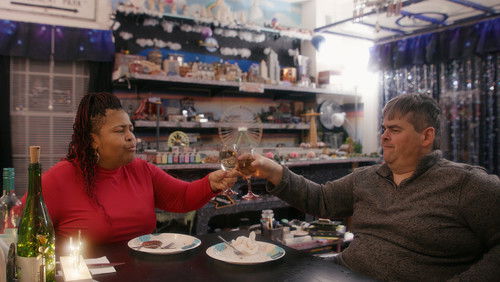Sexy Durga (2017)
20KSexy Durga (2017). 1h 25m
“Young Indian men in loincloths are worshipping the Hindu goddess Kali by entering trance states dancing ecstatically, piercing their cheeks with arrows, fire-walking or enabling them to be suspended on meat hooks whilst being gently rocked parading with noisy music through crowds of devotees. Following these ritual scenes is a frightening car-ride in real time with young men, who offer a lift to a hitch-hiking couple, Durga and Kabeer aiming to get to a railway station. What initially looks like a benevolent act increasingly turns into a more and more menacing journey. The sense of dread about the menu0026#39;s latent frustration and violence is palpable. Itu0026#39;s a Kafkaesque trip going nowhere, whilst trains are passing on tracks running parallel to the road. The couple repeatedly try to escape, but every time the van catches up to them and in the desolate country side they are convinced anew to continue with the disagreeable ride. After each interlude, the tension increases and the behaviour of the yobbos becomes more outrageous and ominous. u003cbr/u003eu003cbr/u003eA capacity to exert power seems to be the central theme here. To start with, the goddesses Kali and Durga are on opposite sides of a spectrum of intentions. Kali is the goddess of death, doom and violence whereas Durga is the goddess who combats evils and demonic forces. On the human plain, these forces play out in different ways. A reciprocal relationship is evident between the men who have attained power and public attention under Kaliu0026#39;s spell and the priests who are in charge of the ritual and command authority. Under their control the powerplay has a relatively benign, social effect of awe and veneration for the unseen forces in the universe whilst confirming the male-controlled status. In contrast, power wielded by protagonists away from the religious rituals is one-sided and antagonistic. At the bottom of the patriarchal power hierarchy is the woman, lacking a voice and driven to tears. Her situation is further diminished being a foreigner understanding Hindi only, surrounded by Malayalam speakers. The womanu0026#39;s partner is a captive of her fears about anything unfamiliar. Both are afraid of the lads who run the van. In turn, these are intimidated by corrupt police who randomly stop cars to question drivers and passengers, doing so threateningly and with contempt, dispensing demeaning commentary. The boys in the van are also fearful of their hoodlum bosses. And, there are other members in a pecking order of opportunists ready to exploit the vulnerability of women and strangers. The various power ploys are enhanced by the confusion and irritation caused by different cultural, cast and language backgrounds. Is their intimidating, fear-inducing behaviour an alternative means of trying to attain an altered state of mind, by hook or by crook? Is it about a hidden desire that affects us all to escape ordinary consciousness by drunkenness, drug-induced states or religious ecstasy? Is their bullying an appropriation of Kaliu0026#39;s power for their own entertainment? More fundamentally at issue is the paradox of patriarchal worship of idealized feminine qualities, either demonic or favourable, meeting a concurrent, insidious and pervasive disregard of ordinary women who are confined to domestic realms and mostly unseen in society whilst virtually molested if an opportunity arises. Itu0026#39;s a dark, topsy-turvy side of India, the complete opposite of the benign, spiritual aspect Westerners romantically have embraced in their quest for a u0026#39;higher consciousnessu0026#39;.”









